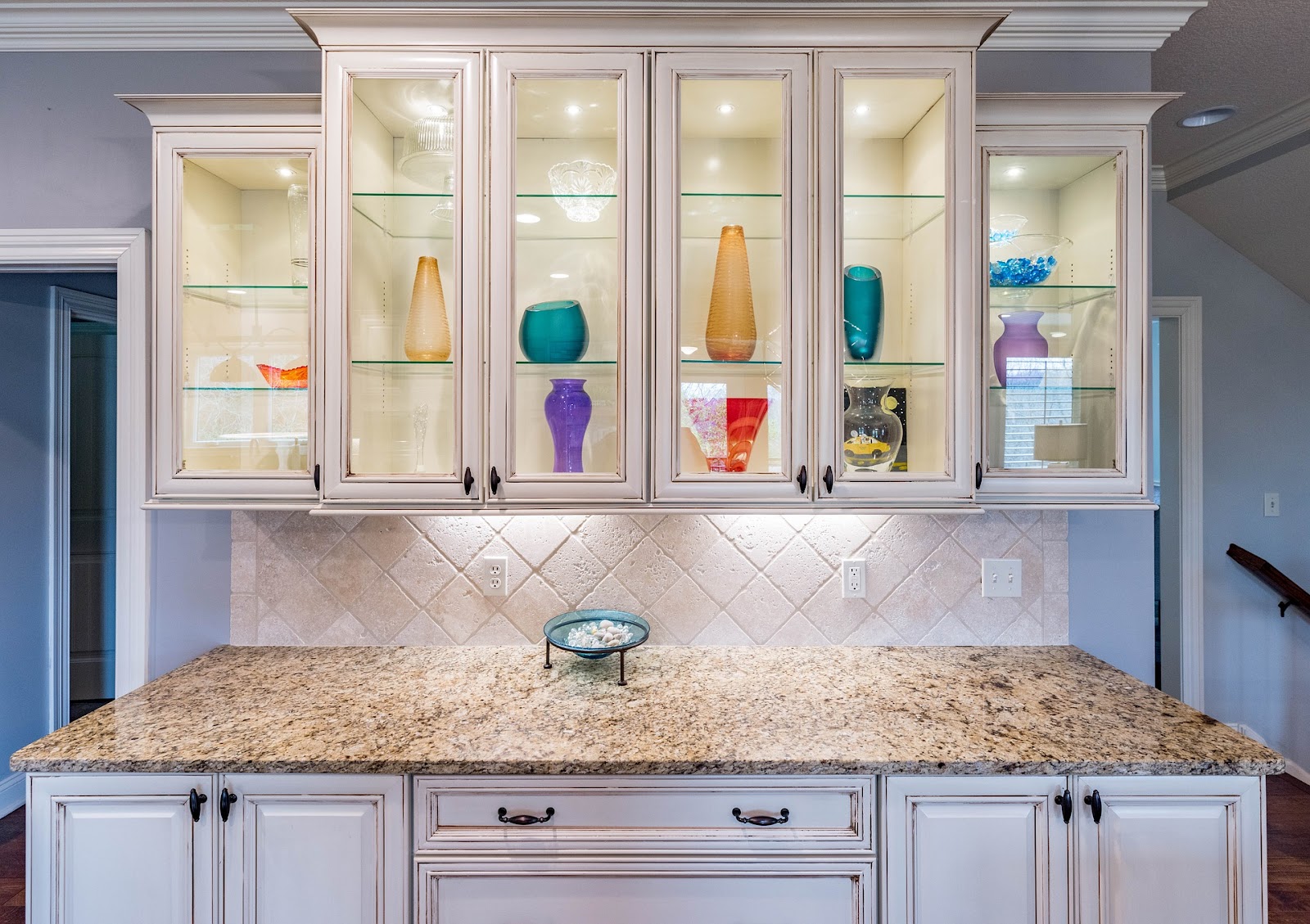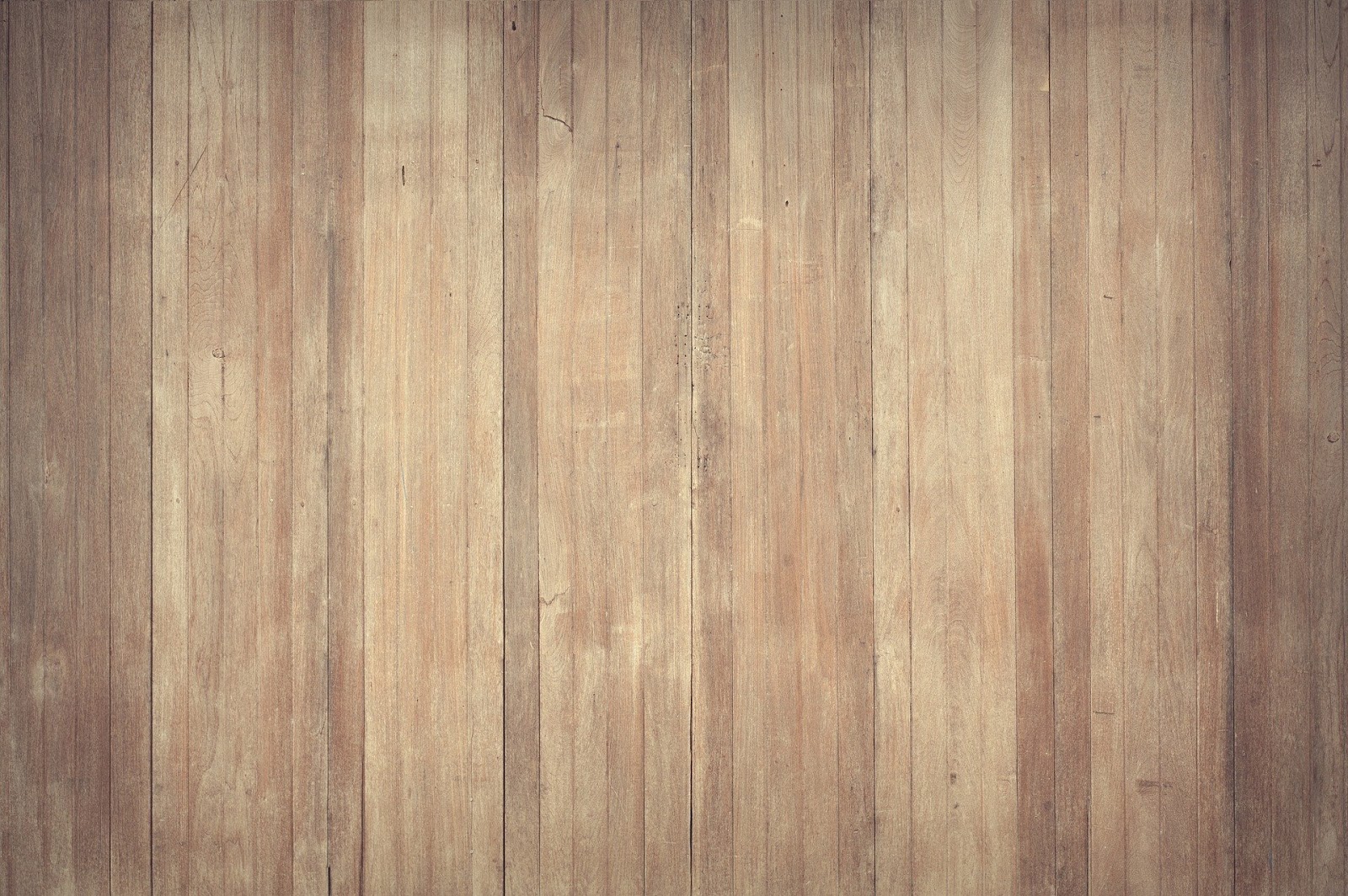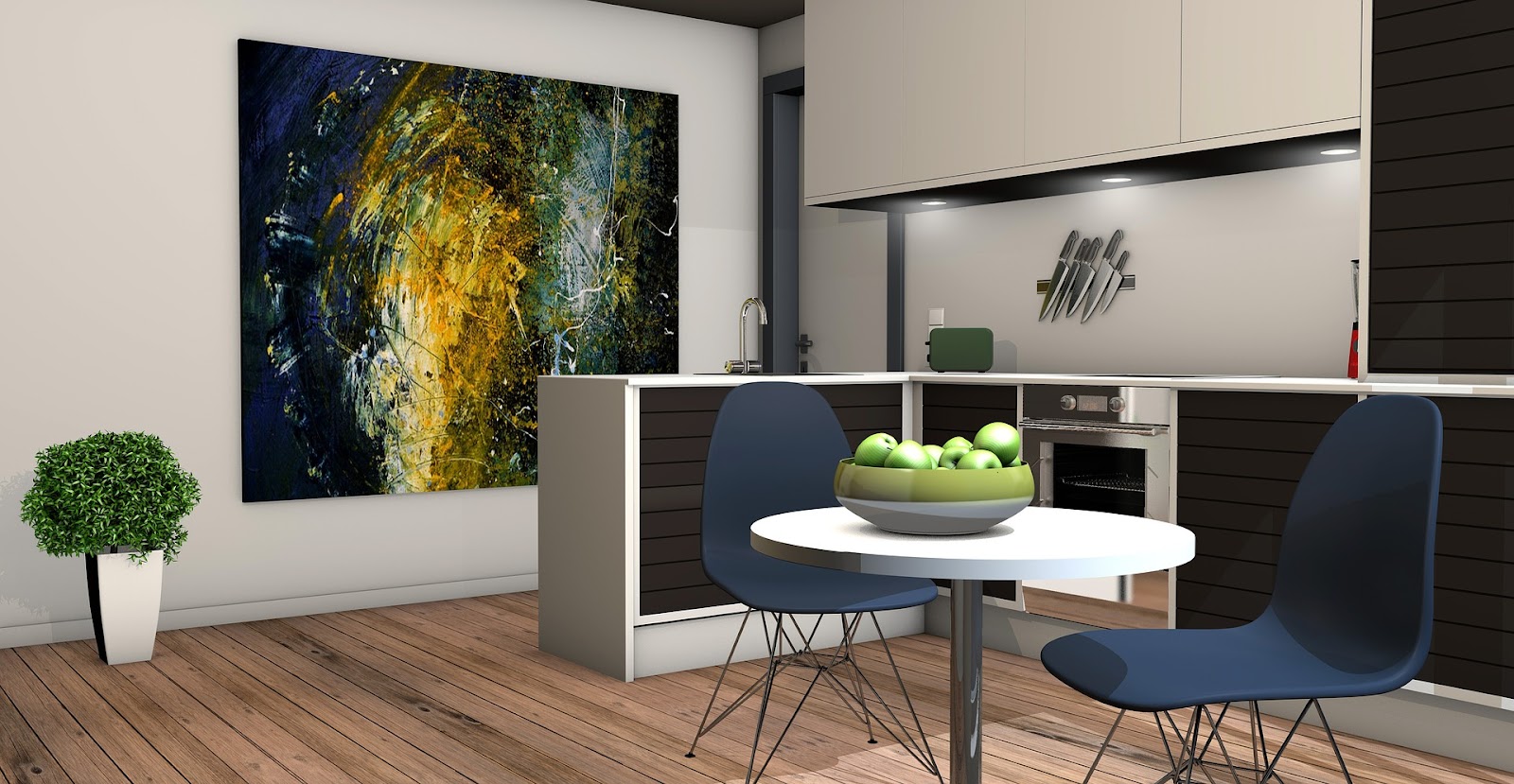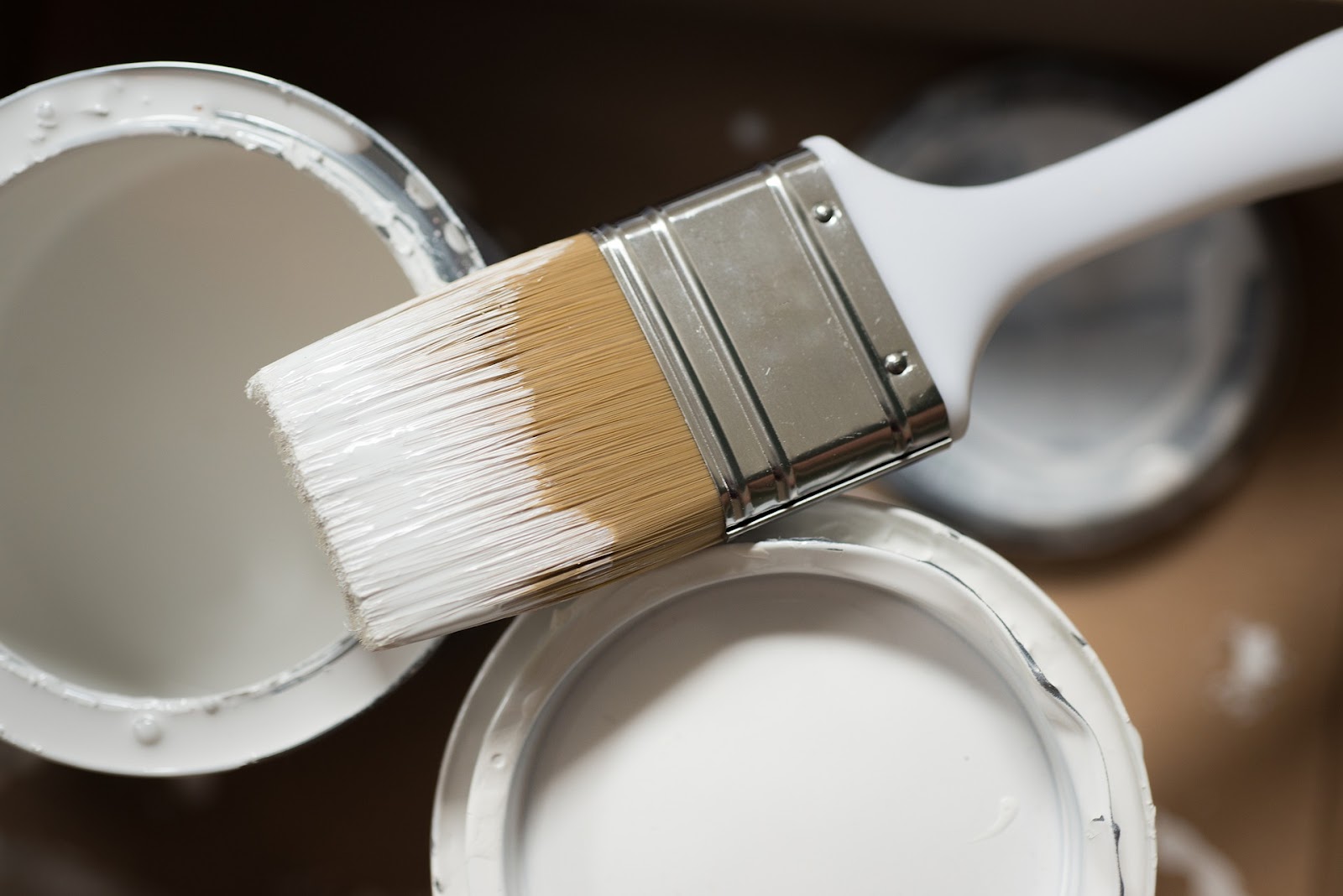Table of Contents
Choosing a kitchen colour schemes is much more than just deciding what colour you like best.
Understanding How Colours Work
Kitchen Colour Schemes Before you start looking at painted kitchens it’s important to understand why certain colours complement one another and why other colours clash. The best way to sort your colours out is to invest in a colour wheel. Not just for primary school classrooms and finger paint, a colour wheel will help you decide between the two main types of colours.
Complementary colours

Complementary colours sit opposite each other on a colour wheel. Beyond the primary colours of red, yellow and blue you have secondary colours of purple, green and orange. From here you have a limitless number of colours to choose from.
Analogous colours

Three sets of colours that are sat next to each other are analogous colours. This means your scheme could play on the same colour, such as light red, red and dark red or play with colours that bleed into each other, such as yellow, yellow-green and green.

There is another way of choosing palettes. Use nature. Pick a photo, perhaps a seashore or woodland and see how the colours compliment each other. Picking five of six shades will allow you to create your own bespoke scheme from scratch.
The majority of interior design revolves around three basic colour themes.
Tonal
This is where one base colour is decided on and variations of it are used across the kitchen. It works extremely well in contemporary kitchens. Consider this Shaker Kitchen. Charming, muted colours draw the eye to the cabinets whilst the open white wall behind makes the kitchen seem deep and warm.
Harmonious
Using colours that are close to each other on the colour wheel or are all present in your seascape scene, they compliment each other without being too similar. Creating a specific theme works wonderfully well with harmonious colour schemes. Blues, whites and grey can give a fresh, modern feel whilst also invoking the spirit of the ocean.
Complementary
A bold approach but one that can work wonderfully in a striking way. Using opposite colours this scheme creates a statement in the kitchen. Think of pale walls and counters countered with a brightly coloured oven range or kitchen island.
Colour vibes
Each colour creates a feeling. Deciding how you want your guests to feel is integral if you are to create your perfect space. But what colour will evoke what feeling?
Red attracts strong emotions, love, passion and anger and signifies power and courage. It’s energizing and exciting, motivating people to act. Contrast that to green. Green is the colour of nature. Of balance. Of growth. It is restful and secure and represents security and self-reliance.
As you can see choosing a colour will play an important role in how people feel in your kitchen. Deciding on this emotion before committing to a colour scheme will save you trouble later on.
Once you’ve looked at colour schemes, it’s time to look at the kitchen as a whole.
Cabinets

Cabinets should be your first consideration. They take up around 40% of the visual space in your kitchen and getting this colour right is key. Whether they will be the main colour that all the other colours work off or just the bold colour you’ll bounce the other colours from, choosing the colour here will set the tone for the room.
Appliances
This won’t be applicable if you plan on having integrated appliances as they will be tucked away behind cupboards and cabinets. But if you opt for a freestanding appliance then realising how this will impact the colour scheme will help yoyu make decisions. You want your appliances to seem as though they were a part of the plan from the start and the way to do this is to choose appliances that compliment your colours. White goods will work well with white or light grey cabinets whereas stainless steel goes well with vibrant colours, brown hues and sharp shades.
Countertops
Your countertops will be one of the first items that someone sees when coming to your kitchen as they are generally at the eye level of someone entering a room and will grab their attention. For this reason, they occupy a significant amount of your visual space and need to work with your cabinets otherwise the colour scheme will disintegrate. However, you can bypass this by making the countertops match the flooring. This will ensure seamless colour coordination and will leave you with more scope to play with colour schemes.
Flooring

Sometimes you won’t have a choice in your flooring, as the adjoining rooms will dictate the overall colour scheme. However, if you do have the choice, choosing your material will be the first call. Popular choices include hardwood, tile and laminate. A good idea is to pick another dominant colour (after your cabinets), as this will complement and contrast against the solidness of the cabinets and help shape your kitchen. White cabinets and warm, wooden flooring is a timeless classic.
Walls

Walls play an important but often overlooked role in defining the main colour scheme. Whilst much of the wall will be covered by cabinets and appliances, the spaces left are a great place to splash some colour. Balancing your wall colour with the floor and cabinets is a delicate decision. Off-white, cream or grey is a safe choice,
Conclusion
In conclusion, when choosing a kitchen colour schemes, it is important to consider the overall design of the room, the materials you will be using, and your own personal preferences. By understanding the basics of color theory, you can make a well-informed decision that will result in a beautiful and cohesive kitchen design.
